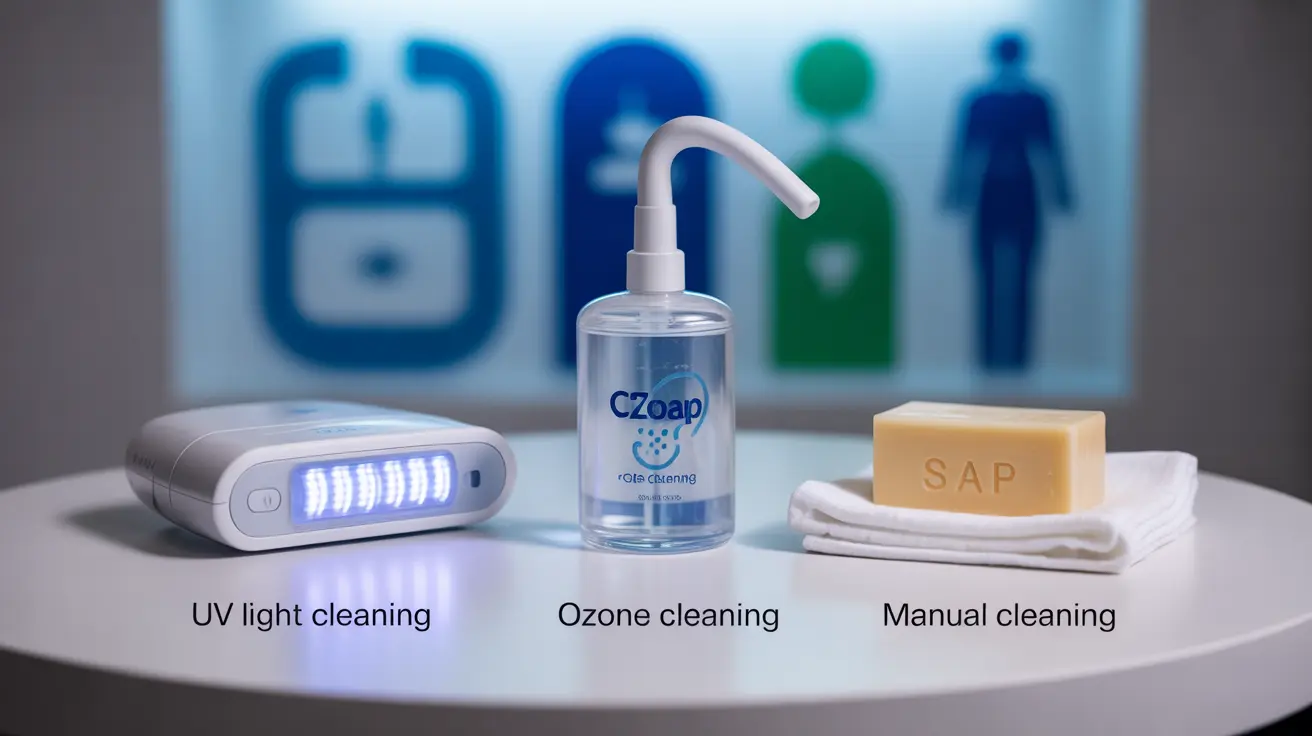For CPAP users, maintaining clean equipment is crucial for health and device effectiveness. While traditional manual cleaning methods have been the standard, CPAP cleaning machines have emerged as potential time-saving alternatives. This comprehensive guide explores the pros, cons, and safety considerations of various CPAP cleaning methods to help you make an informed decision.
Understanding CPAP Cleaning Machines
CPAP cleaning machines typically use one of two sanitization methods: ozone (O3) technology or UV light. These automated devices promise to disinfect CPAP masks, tubing, and water chambers with minimal effort from users. However, it's essential to understand both their capabilities and limitations before investing in one.
Types of CPAP Cleaning Machines
UV Light Cleaners
UV light cleaning machines use ultraviolet light to kill bacteria and other microorganisms. These devices are generally considered safer than ozone-based cleaners because they don't produce harmful gases. However, their effectiveness can be limited by shadows and areas the light cannot directly reach.
Ozone-Based Cleaners
Ozone cleaners use activated oxygen to sanitize CPAP equipment. While effective at killing pathogens, these machines require careful handling due to potential health risks associated with ozone exposure. Users must follow strict waiting periods before using their CPAP equipment after cleaning.
Safety Considerations and FDA Guidance
The FDA has issued warnings about certain CPAP cleaning devices, particularly those using ozone gas. These concerns include:
- Potential respiratory irritation from residual ozone
- Possible degradation of CPAP equipment materials
- Risk of exposure to harmful ozone levels
- Insufficient evidence for safety and effectiveness claims
Manual Cleaning: The Reliable Alternative
Many sleep specialists and CPAP manufacturers recommend traditional manual cleaning methods as the most reliable approach. The recommended process includes:
- Daily wiping of mask cushions with CPAP wipes
- Weekly washing of masks, tubing, and water chamber with mild soap and warm water
- Complete air-drying of all components before use
- Regular replacement of filters according to manufacturer guidelines
Maintaining Your CPAP Equipment
Whether using a cleaning machine or manual methods, proper maintenance is essential. This includes:
- Regular inspection of all components for wear and damage
- Replacing parts according to recommended schedules
- Using distilled water in the humidifier
- Keeping the CPAP machine in a clean, dust-free environment
Frequently Asked Questions
What is the best way to clean CPAP equipment—manual cleaning or using a CPAP cleaning machine?
Manual cleaning with soap and water remains the most recommended method by manufacturers and sleep specialists. While CPAP cleaning machines offer convenience, they may not be as thorough and can pose safety risks.
Are CPAP cleaning machines safe and effective for sanitizing masks and hoses?
The safety and effectiveness of CPAP cleaning machines vary. UV-light cleaners are generally safer than ozone-based ones, but their effectiveness may be limited. Always verify that any cleaning device is FDA-approved.
What are the health risks associated with ozone or UV light CPAP cleaners?
Ozone cleaners can cause respiratory irritation and potentially damage CPAP equipment. UV light cleaners are safer but must be used carefully to avoid eye exposure. Both types should be used strictly according to manufacturer instructions.
How often should I clean my CPAP machine and its components for optimal hygiene?
Daily cleaning of mask cushions and weekly cleaning of all components is recommended. The main CPAP unit should be wiped down weekly, with filters changed according to manufacturer guidelines.
What alternatives to CPAP cleaning machines are recommended for keeping CPAP gear sanitary?
Recommended alternatives include daily use of CPAP wipes, weekly washing with mild soap and warm water, and regular replacement of disposable components. These methods are effective, safe, and endorsed by most CPAP manufacturers.




